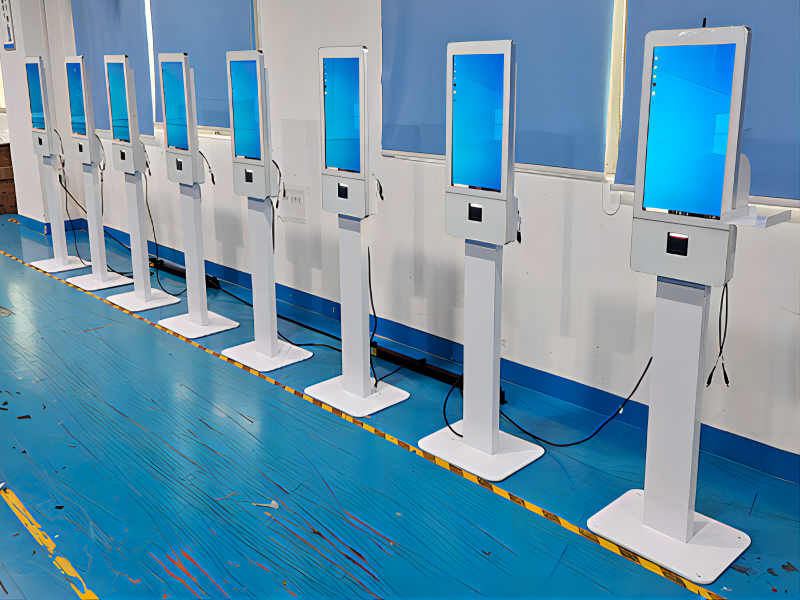Display screen: self ordering kiosk are often equipped with a touch screen or display to display menus, prices, and other relevant information. The display screen generally has high definition and good visual effects to facilitate customers to browse dishes.
Menu presentation: A detailed menu will be presented on the ordering machine, including information such as dish names, pictures, descriptions, and prices. Menus are usually organized in categories so that customers can easily browse through different types of dishes.
Customization options: The self checkout kiosk provides some personalized customization options, such as adding ingredients, removing some ingredients, adjusting the amount of ingredients, etc. These options allow customers to customize the menu according to their tastes and preferences, providing a more personalized ordering experience.
Multilingual support: To meet the needs of different customers, some self checkout kiosk also support display and operation options in multiple languages. Customers can choose to order food in the language they are familiar with, which improves the convenience and comfort of interaction.
Payment function: The self check in kiosk usually supports multiple payment methods, such as cash payment, credit card payment, mobile payment, etc. Customers can choose the payment method that suits them and complete the payment process conveniently.
Reservation function: Some self check in kiosk also provide a reservation function, allowing customers to place an order in advance and choose a pick-up time. This is especially important for scenarios such as fast food restaurants and takeaways, which can reduce waiting time and cumbersome queuing.
Order management: The self check in kiosk transmits the customer’s order information to the kitchen or back-end system by generating an order. This increases the accuracy and efficiency of order processing, avoiding the errors and delays that can occur with traditional paper orders.
Data statistics and analysis: self check in kiosk usually record order data and provide data statistics and analysis functions. Restaurant managers can use these data to understand information such as sales and dish popularity, to make business decisions.
Interface friendliness: The interface design of the self check in kiosk generally strives to be simple and intuitive, easy to operate and understand. They often provide clear directions and buttons to ensure customers can easily complete the ordering process.
In short, by providing a variety of functions and features, the self check in kiosk enables customers to choose dishes independently, customize tastes, and complete the payment process conveniently and quickly. They improve the efficiency of food service and customer experience and provide restaurants with more convenient management tools.
Post time: Jul-22-2023

